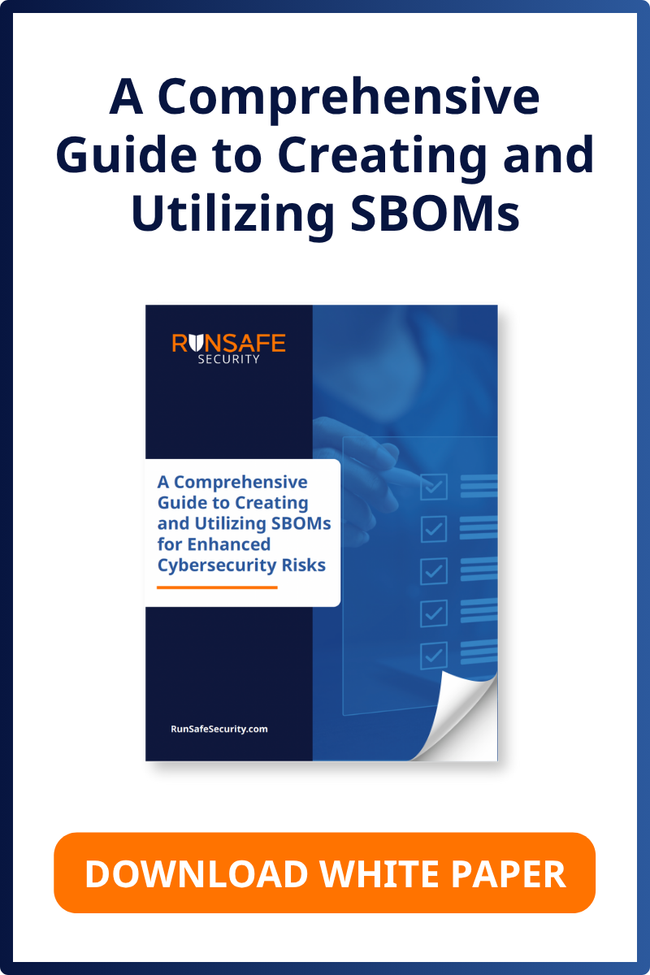Table of Contents:
The Hidden Costs of Rewriting Code
The Memory Safety Crisis: A Growing Concern
Innovative Approaches to Memory Safety
Addressing Memory Safety: A Comprehensive Approach
The Real Cost of Rewriting Code for Memory Safety – Is There a Better Way?
Introduction
Memory safety vulnerabilities are a persistent and pervasive issue in the software development world, leading to some of the most severe and costly security breaches. From buffer overflows to dangling pointers, these vulnerabilities are a common attack vector, exploited by malicious actors to gain unauthorized access, cause data corruption, or crash systems. Traditionally, the go-to solution has been to rewrite the affected codebase to ensure memory safety, which is not feasible. However, this approach is fraught with challenges, including substantial time investment, high costs, and the inherent complexity of reworking existing systems without introducing new bugs.
Rewriting code for memory safety is akin to renovating an old house; it’s labor-intensive, expensive, and often reveals unforeseen problems that further complicate the project. For developers and IT security professionals, the idea of re-engineering vast amounts of legacy code for hundreds of different types of products and often millions of fielded devices is daunting, often leading to project delays and increased pressure on already stretched resources. The technology leaders and system architects face the additional burden of justifying these costs and disruptions to stakeholders.
But what if there were a better way?
Advances in technology now offer innovative solutions that enhance memory safety without the need for extensive code rewrites. These cutting-edge approaches mitigate risks while saving time and resources, enabling product manufacturers to secure their systems more efficiently and effectively. Read on to discover these groundbreaking methods and explore how they can transform the landscape of software security.
The Hidden Costs of Rewriting Code
Rewriting code for memory safety is usually a monumental endeavor that consumes significant time and resources. For software developers and engineers, the process involves learning new programming languages, testing open source components that may not be compatible, hiring new developers with different skills, testing all over again, and then getting your customers to buy new versions of the device they just purchased. This meticulous task demands a high level of expertise and substantial man-hours, diverting valuable resources from other critical projects.
Moreover, the process of rewriting code can inadvertently introduce new bugs and vulnerabilities. As developers modify and restructure the code, there is always the risk of human error, leading to new security flaws that could be even more challenging to detect and rectify. This not only undermines the initial objective of enhancing security, but can also add additional rounds of testing and debugging, further stretching timelines and budgets.
The disruption caused by rewriting code extends beyond the development team. Existing workflows are interrupted, scarce resources that could be focused on new features are deployed to redoing existing features, leading to delays in project timelines and deviations from carefully planned product roadmaps. For technology leaders and system architects, this upheaval can create significant strategic challenges, as they must balance the urgent need for security with the equally pressing demands of innovation and market competitiveness.
In light of these hidden costs, it becomes evident that the traditional approach to memory safety is far from ideal. Product owners and development teams need solutions that address security vulnerabilities without derailing their operations and straining their resources.
The Memory Safety Crisis: A Growing Concern
Memory safety vulnerabilities have become a pressing issue in today’s digital landscape, with far-reaching consequences. According to a recent study by Microsoft, nearly 70% of all software vulnerabilities stem from memory safety issues, underscoring the critical nature of this threat. High-profile breaches, such as the Heartbleed bug and the WannaCry ransomware attack, highlight the devastating impact these vulnerabilities can have. These incidents not only compromised sensitive data but also caused billions of dollars in damages and disrupted services globally.
As software systems grow increasingly complex, maintaining memory safety becomes more challenging. Modern applications often integrate numerous third-party libraries and dependencies, each with its own potential vulnerabilities. This complexity amplifies the difficulty of ensuring that every component adheres to stringent memory safety standards. For software developers and security professionals, the task of safeguarding these intricate systems is akin to finding a needle in a haystack, requiring continuous vigilance and comprehensive testing.
Given the escalating scale and sophistication of these threats, the need for proactive and effective solutions is more urgent than ever. Traditional methods like rewriting code are no longer sufficient. Product manufacturers must adopt innovative strategies that can address memory safety vulnerabilities swiftly and efficiently, without compromising their operational capabilities.
Innovative Approaches to Memory Safety
New approaches to memory safety are transforming the way product manufacturers address vulnerabilities. Advanced software hardening techniques have emerged as a game-changer, providing robust security enhancements without disrupting existing workflows. These methods integrate seamlessly with current software development processes, ensuring that memory safety is maintained without compromising operational efficiency.
Key features of these advanced approaches include real-time monitoring and threat detection, which continuously scan applications for suspicious activity. Automated response and recovery mechanisms further bolster security by swiftly neutralizing threats and restoring systems to a safe state, minimizing downtime and mitigating the impact of attacks.
Moreover, these innovative solutions are designed to be compatible with a wide range of software environments, ensuring that they can be deployed across diverse platforms and applications. This flexibility makes it easier to adopt these techniques without extensive modifications to existing infrastructure. For product managers and security leaders, the benefits are clear: enhanced security, reduced risk of breaches, and a more resilient software ecosystem, all achieved without the significant resource investment typically associated with code rewrites.
Addressing Memory Safety: A Comprehensive Approach
Addressing memory safety requires a comprehensive and multifaceted approach that goes beyond implementing innovative technologies. While advanced software hardening techniques are crucial, their effectiveness is amplified when combined with best practices and robust organizational policies. This holistic strategy ensures that every aspect of the software development lifecycle prioritizes memory safety, creating a resilient and secure foundation.
Collaboration is key to achieving this goal. Developers, security teams, and stakeholders must work together to identify vulnerabilities, develop mitigation strategies, and implement effective solutions. By fostering open communication and collaboration, product teams can ensure that memory safety is not just a technical issue but a shared responsibility. This unified effort helps to align priorities, streamline processes, and ensure that security considerations are integrated into every phase of development.
Continuous training and awareness are also vital components of a comprehensive memory safety strategy. Regular training sessions and workshops help keep teams updated on the latest threats, best practices, and technological advancements. Encouraging a culture of knowledge-sharing and continuous learning ensures that everyone, from junior developers to senior architects, remains vigilant and informed.
By combining innovative solutions with collaborative efforts and ongoing education, product manufacturers can build a robust defense against memory safety vulnerabilities. This comprehensive approach not only enhances security but also promotes a culture of secure software development, ensuring long-term protection and resilience.
To achieve memory safety and calculate your potential attack surface reduction, consider implementing software memory protections without rewriting a single line of code. Imagine how much your CFO will appreciate the efficiency and cost savings of this proactive security measure. Start enhancing your software’s defense today!





